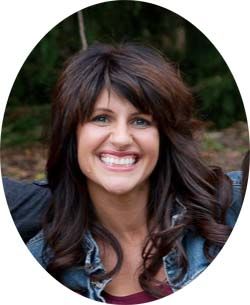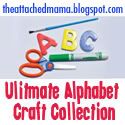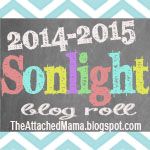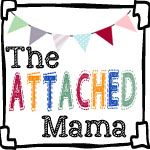Here are some resources that we used:
Audubon: Painter of Birds in the Wild Frontier

The Boy Who Drew Birds: A Story of John James Audubon by Jacqueline Davies

Into the Woods: John James Audubon Lives His Dream

Audubon's Birds of America by John James Audubon

Preschool Artist Study Activities on John James Audubon:
We like to check out these books from the library and then spend as much as 6-8 weeks just casually reading and looking at them as time permits and the kids are interested. (I try to keep the books out in full view so that the kids can naturally see them and pick them up. To see pictures of how I "skew" our artists study books you can go here.)
Read-Alouds:
We read the more biographical books about John James Audubon throughout the day as the kids were interested. Why do I add in some many biographical books about the artists? Well, for me personally, I find that I can retain a lot more to an artist when I "know" his or her personal story. So I like to read books which describe the life of the artist to the children so they can look at his art in the context of the events of his life. It gives us a better appreciation for the art.
For example, we all know that Audubon loved birds and nature. But do we know why? He was a very popular child. He was known as the best fencer, the fastest runner, a handsome boy...so why did he like to escape into the woods so often to be with birds and animals? Well, we found out that as a young child, John James's father often took him on nature walks pointing out the beauty of the birds and their various habits. It was a very special time for him. Well, in 1803, his father obtained a false passport so that Audubon could go to the United States to avoid going to war. On his journey over, he became very ill with yellow fever and had to be nursed back to health. In the United States, we have to imagine that life was very lonely for him without his family and friends. So we have to imagine that escaping into nature was a way of coping for him in the United States.
The other thing we learned is that as a young man, Audubon used to cover his room with his artwork in an almost obsessive manner. And then, at the end of the year, he would set all of his artwork on fire because he didn't think it was good enough to keep. He hoped that some day he would have art work good enough to keep. If you look at John James Audubon's work, it isn't famous for its beauty per se. I personally don't look at any of his work and say, "That is the most beautiful painting of a cardinal I have ever seen." Because surely you can find other, "better" paintings of birds. But what makes Audubon's work special is the wonderful attention he put in to make the paintings amazingly technically accurate. He really conveys not only the shape and form of the birds, but their habits, coloring, and environment. The other thing that makes his work special is their completeness and the sheer massive body of his work. He literally risked his life to travel across America to watch and paint the American birds in their natural habitat. So even though he wasn't perhaps as naturally gifted as other artists, he worked hard for his art. We could relate to this in our own nature journals.
(To see our schedule and more about how we fit picture study into our day, you can go here.)
Activities:
We decided to make our own paintings of birds just like John James Audubon did. The kids put their pictures in their nature notebooks and I put my own in my natural journal. (Yes, I like to do things right along side the children! I like to show them that learning is part of everyday life.)
 |
| Marcus's Painting of a Great Horned Owl (4 yrs old) - I included a picture of what he was painting in case you couldn't tell. :) |
 |
| Sophia's Painting of a Snowy Owl (2 yrs old) |
 |
| Mommy's cardinal painting in my nature journal |
The kids were given the choice to paint any bird they were interested in. Marcus picked the great horned owl and Sophia picked the Snowy owl. I chose to paint the male cardinal.
The kids became so interested in Snowy Owls after looking at pictures of them that we later did an entire nature study of Snowy Owls. (I will save that for another post!)
Lapbooking and Notebook Pages:
If your children are the crafty type, they might also enjoy putting together a lapbook or a few pages for a notebook as a way of remembering what they learned.
Here are two great notebooking/lapbook sources-
- John James Audubon Notebooking Pages (Made specifically to go along with the book The Boy Who Drew Birds
-Backyard Birds Lapbook
Well, thanks for reading!
Links to Become Attached to:
-Simply Charlotte Mason Picture Study Guide
-See John James Audubon's Birds of America online for free here
-Another guide to an artist study John James Audubon
-What my child is reading
- Pre-School Corner
- Tot School
















2 comments:
Thanks for the resources! We are going to do him as our artist study this spring so it was great to see your ideas!
Sylvia
We plan to study Audubon next fall (our first artist to study) so thanks so much for sharing what worked for you!
Post a Comment